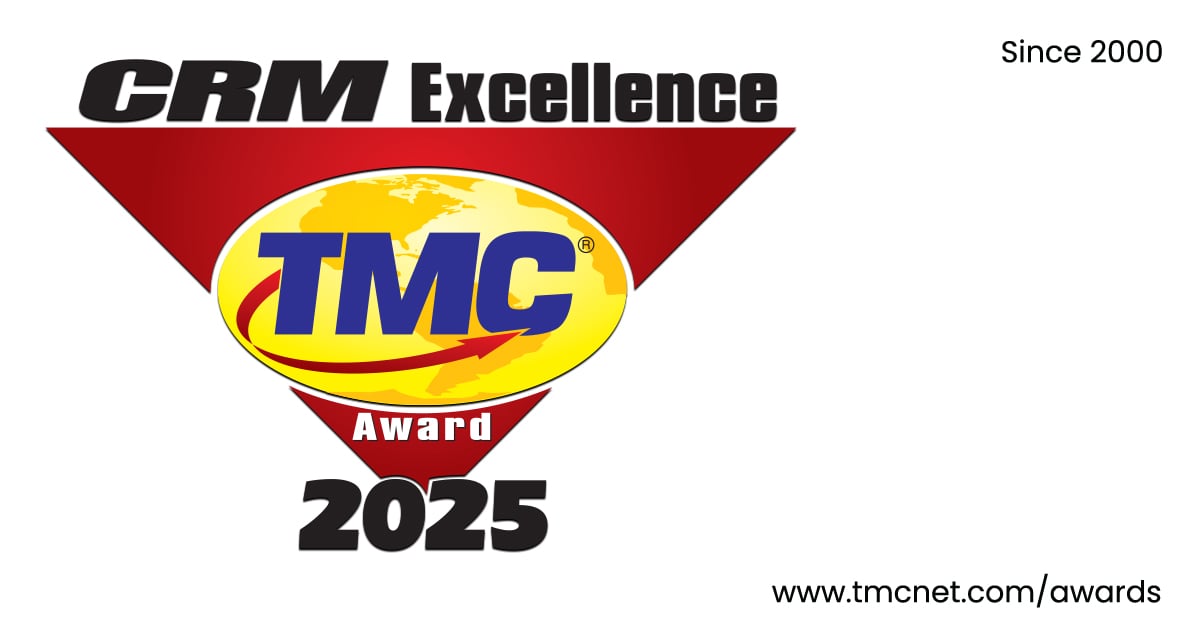
When it comes to positive versus negative customer experiences, consumers are often lopsided in their responses to a company. A positive customer experience will bring a little bit of goodwill, but a negative customer experience will bring on mountains of negative attention, often leading a customer to entirely drop a company. For this reason, it’s critical for companies to avoid providing poor experiences if they hope to retain and grow their customer base.
Customer and employee experience solutions provider Medallia, Inc. recently revealed the findings of a new report titled, “The New Customer Expectations for the Contact Center: Understanding the Key Factors Shaping the Customer Service Experience.” The study found that 65 percent of consumers say that negative customer service interactions motivate them to consider switching to a competitor brand, a clear indication that organizations must double-down on personalized experiences, or risk losing customers to competition.
To prepare the report, the Medallia Institute and Medallia's consumer behavioral intelligence and benchmarking platform analyzed the results of a survey of 1,047 U.S consumers who indicated they had interacted with a company’s customer service team within the previous six months. The survey looked at consumers’ customer service expectations across generations, how they feel about bots and automated support interactions, and what businesses can do to strengthen customer loyalty.
The study revealed that 73 percent of consumers say they would like to provide feedback about their experience after a customer service interaction, but are more likely to do so with positive experiences compared to negative experiences. Unsurprisingly, 95 percent of survey takers say it’s important that contact center agents help them find a solution that meets their needs and that they take the time to understand why they’re contacting customer service. When customer service issues arise, most consumers aren’t willing to spend more than 5 to 10 minutes looking for information online or waiting on hold, which means that if automated solutions are used, they must be fast and effective.
There appears to be a generational divide when it comes to what makes an excellent customer interaction. Talking to a human representative is the first channel of choice for Baby Boomers, while using online or mobile chat is the preferred channel for Gen Z and Millennial consumers.
Edited by
Greg Tavarez





